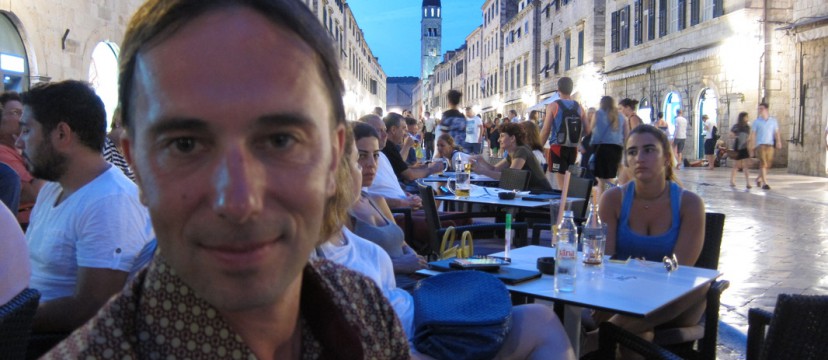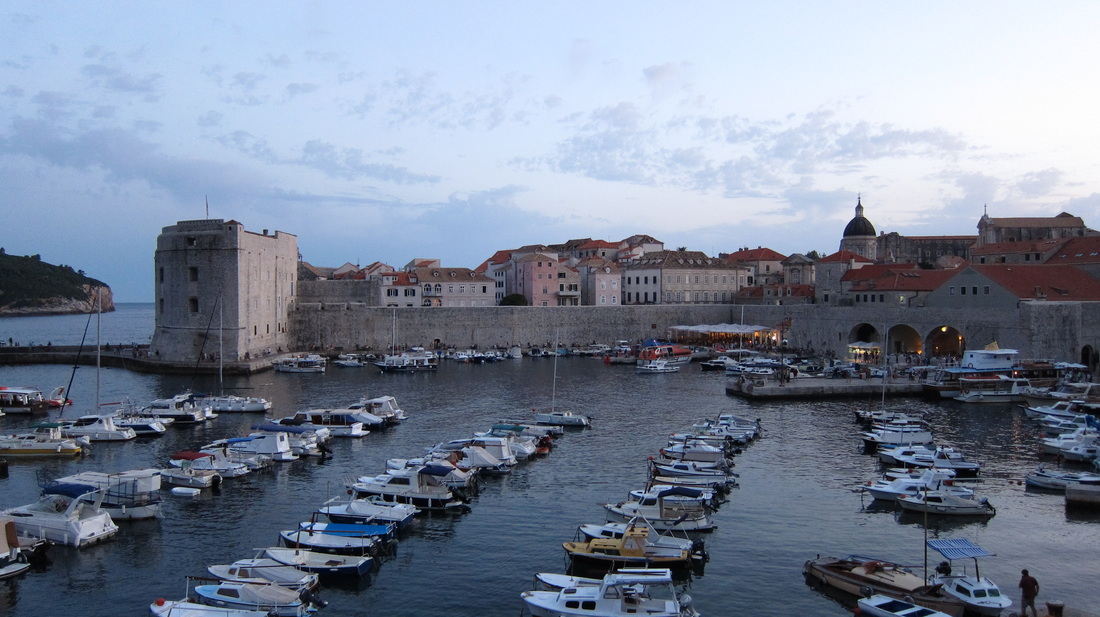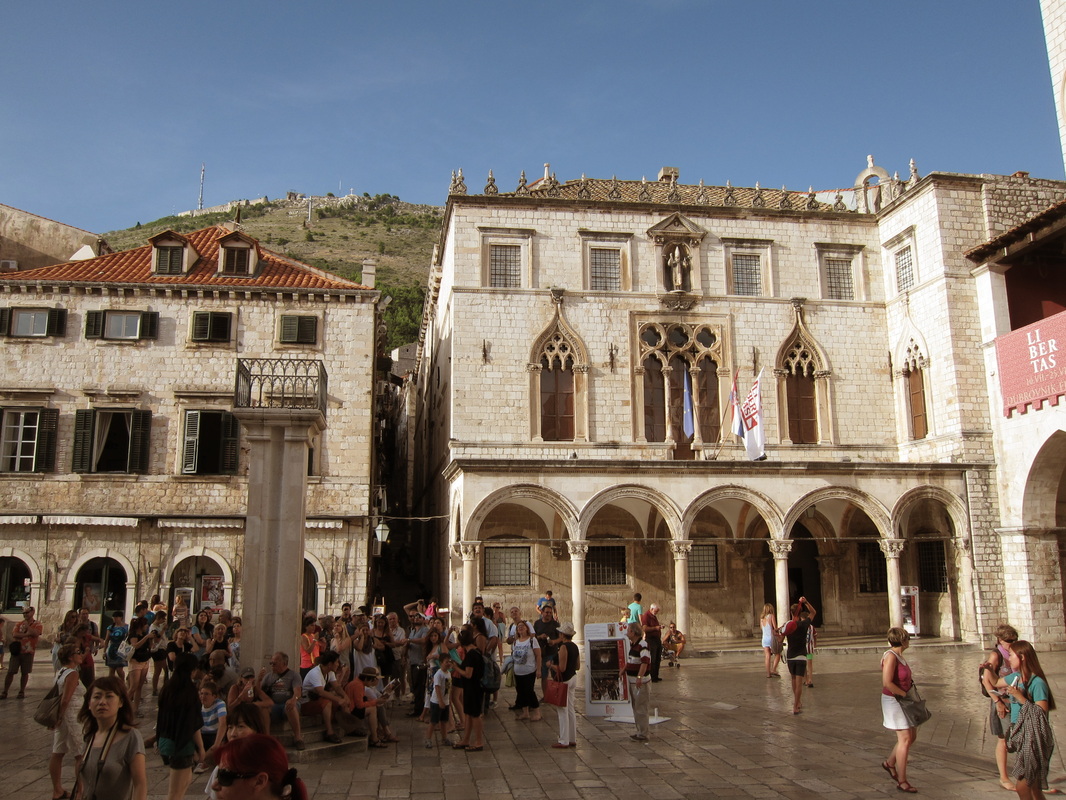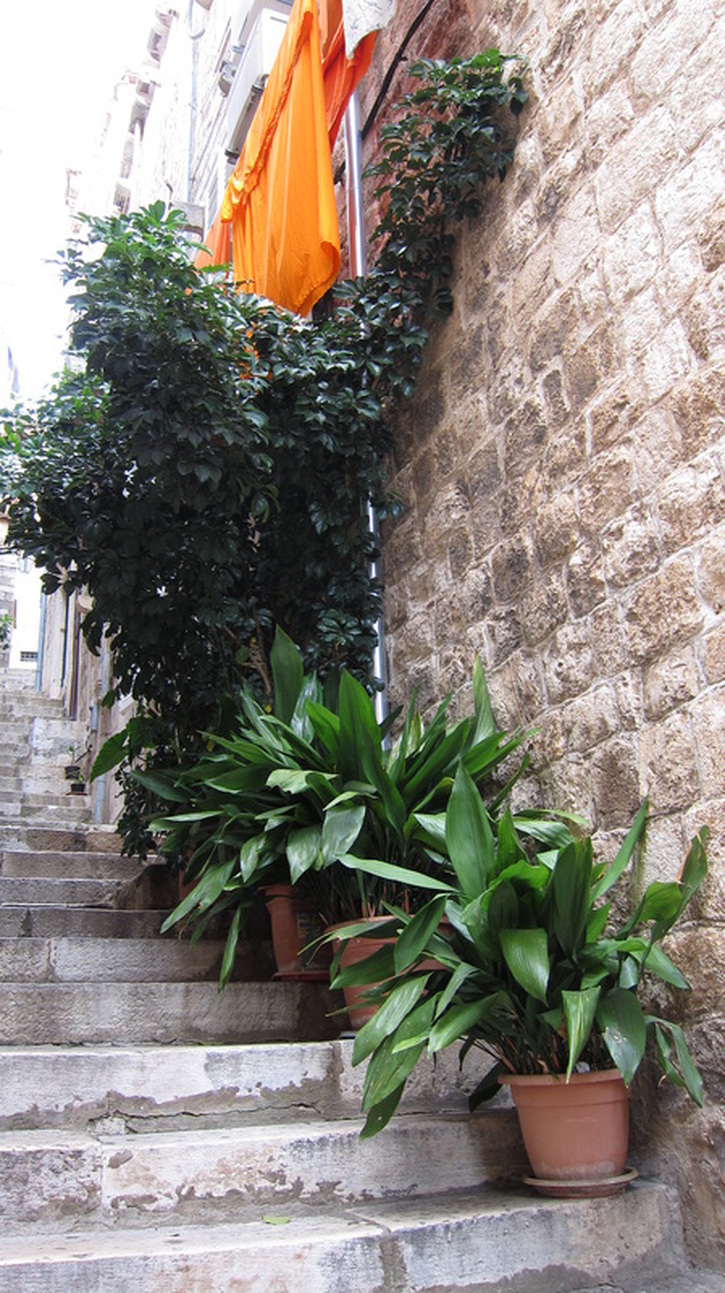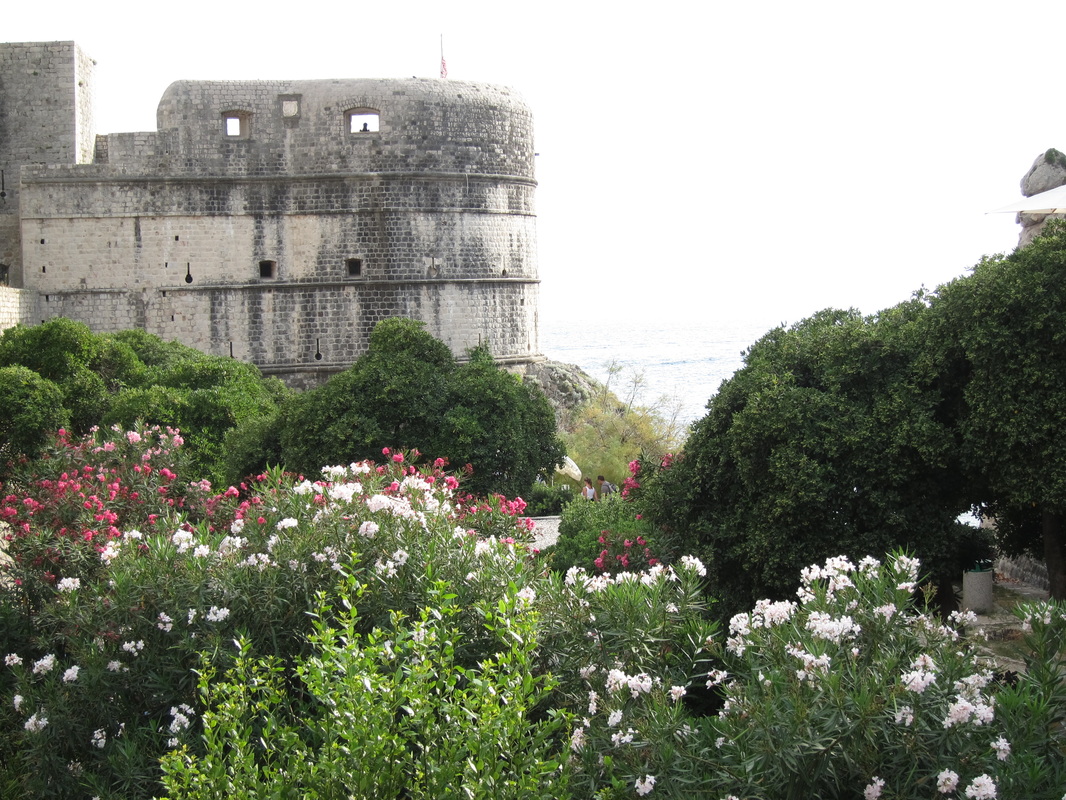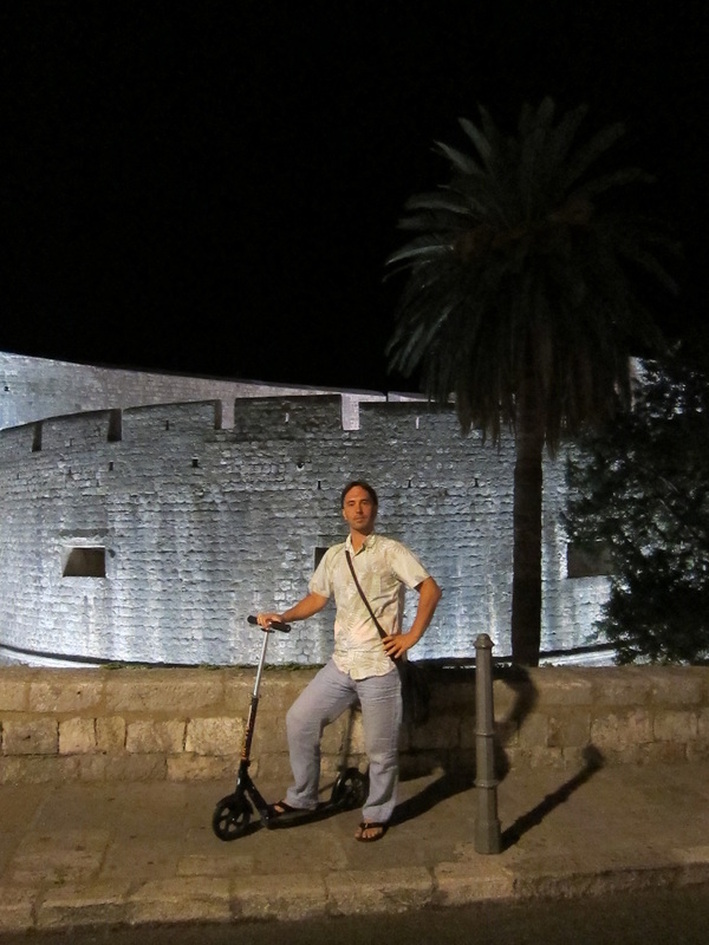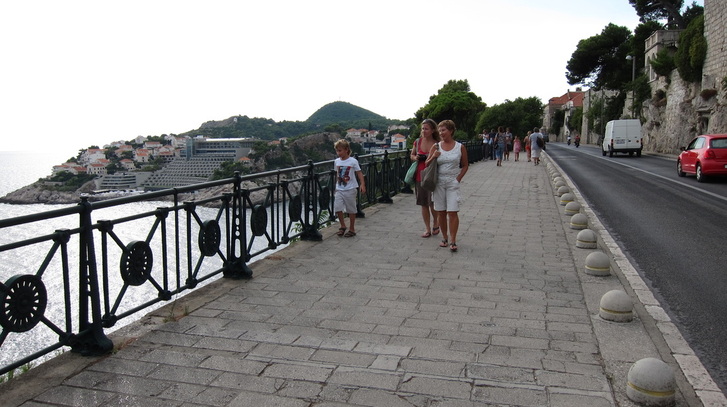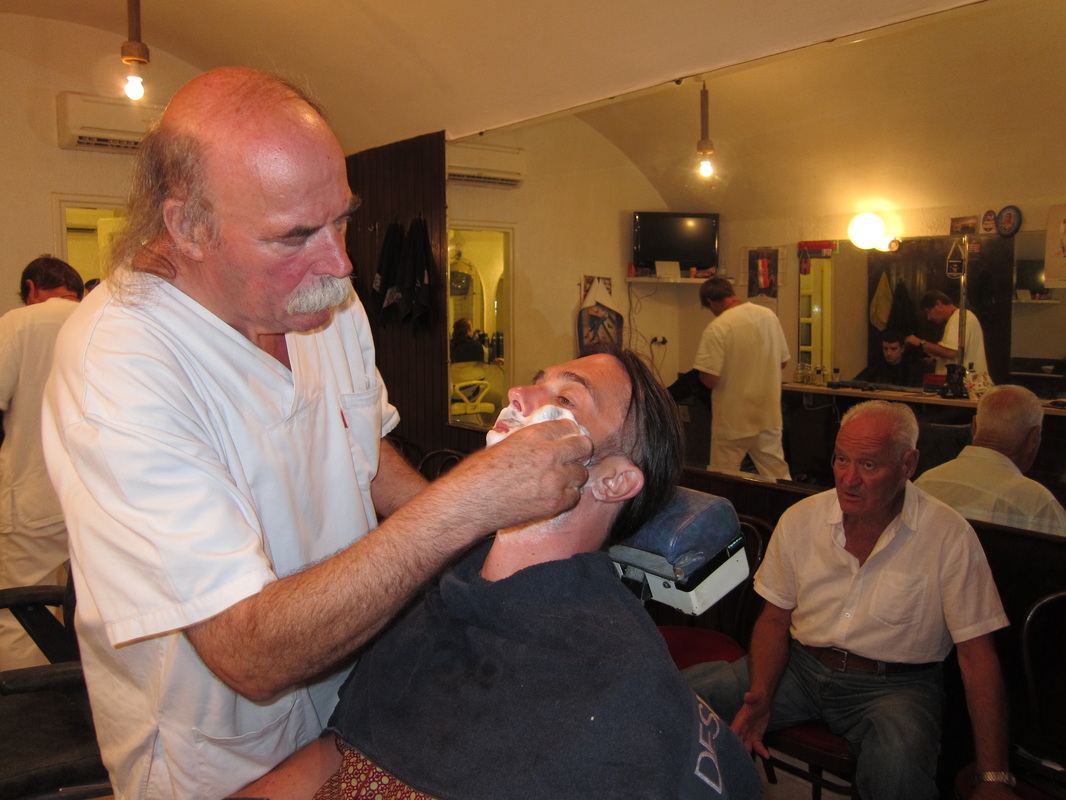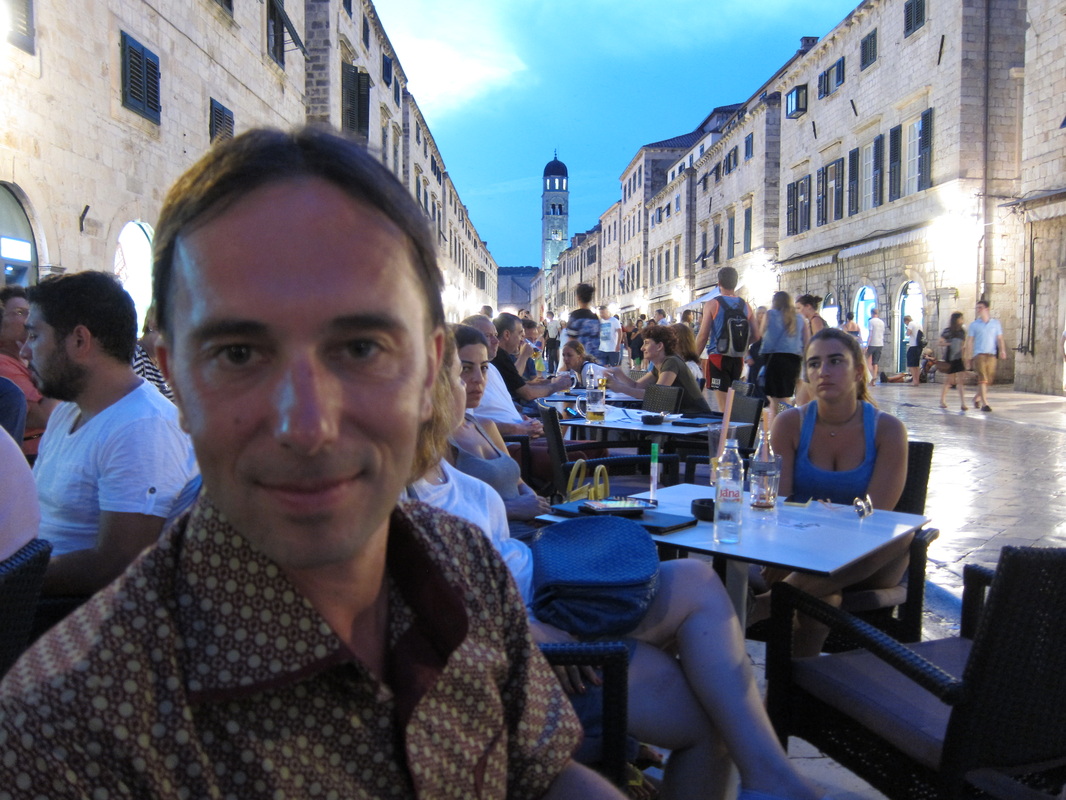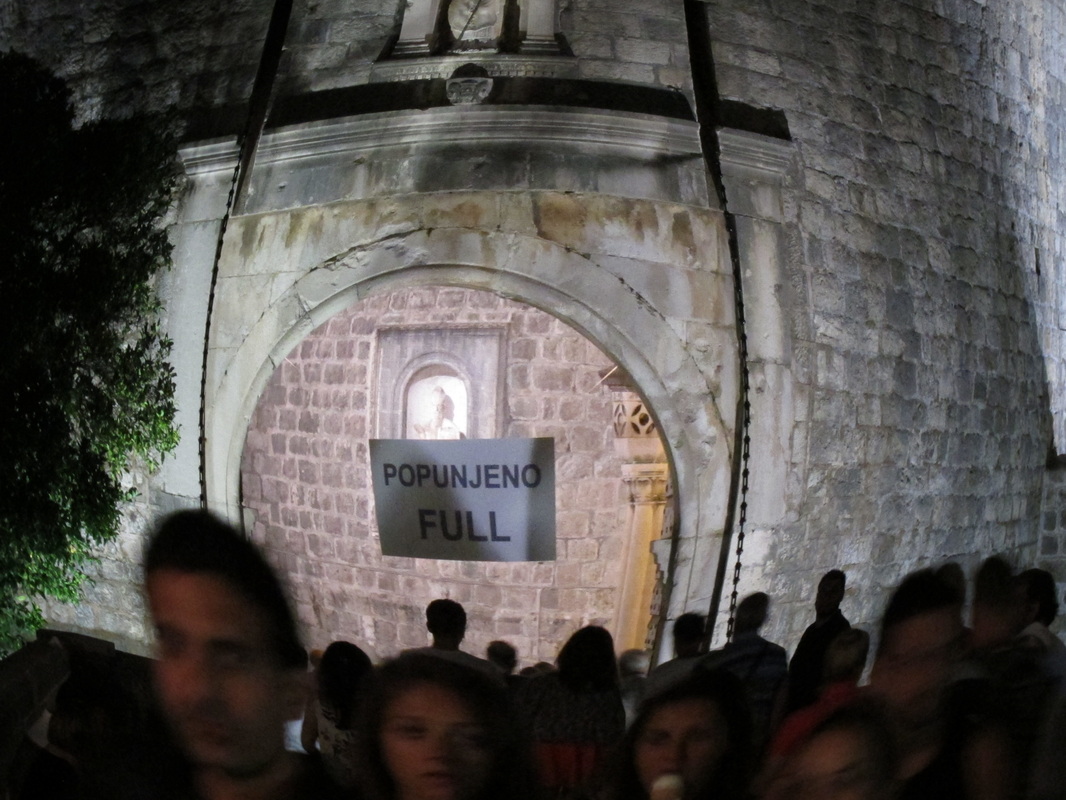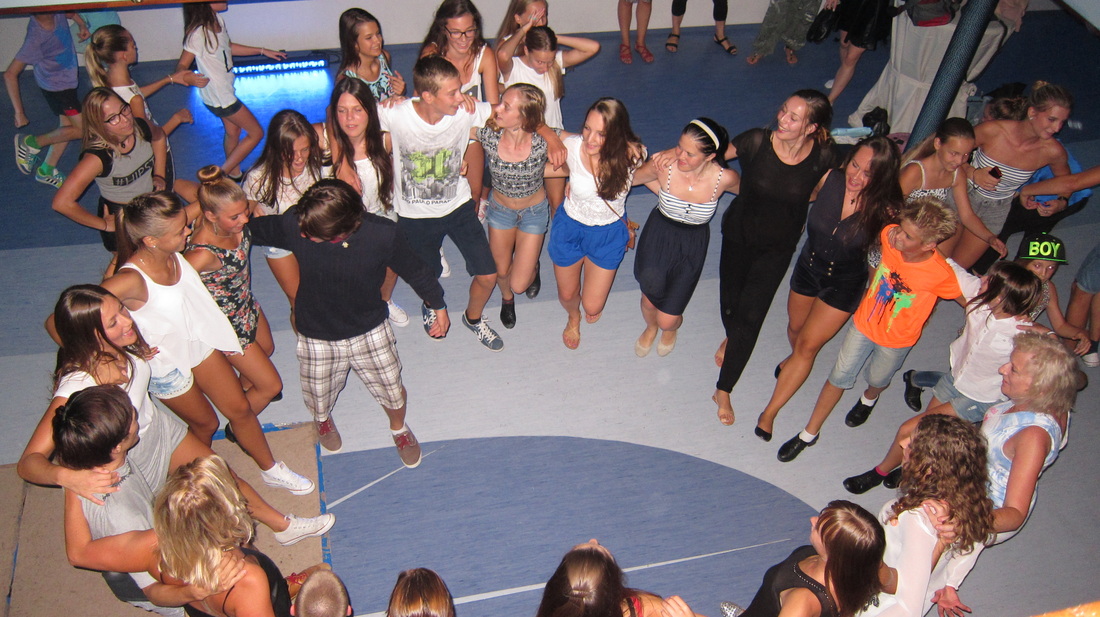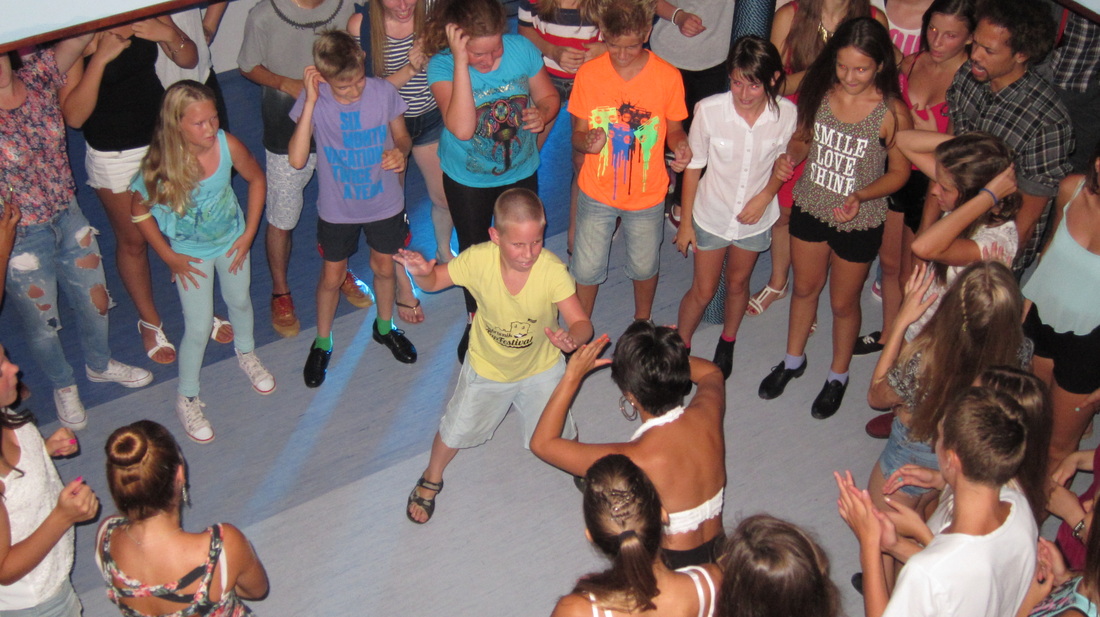Lots of pretty ladies in golden, strappy, studded summer sandals wearing trendy summer dresses and playsuits. Large Italian (extended?) families – they seem to have this knack for travelling in groups of 10+, surprisingly high number of French-speaking (mostly young) people, as well as a handfull of Asian tourists.
When I visited Dubrovnik for the first time some 15 years ago with my parents, I got the impression it is all just about the old town, neatly packed behind those walls, but this time, as I was staying some half an hour walk from there and a 15-minute walk to the nearest beach, I discovered just how vast an area of the Dubrovnik municipality is. Thanks to this year’s heavy rains, the greenery was really luscious and present everywhere; in the parks, along the roads and even among densely built houses.
TRANSPORT
As already mentioned, Dubrovnik covers a vast area, and using a car is not exactly the most optimal choice, especially cost-wise. Parking fees apply almost everywhere and they rise to as much as 25 kuna per hour (around 3.3 €). Public transport is well organised and easy to use, but no less expensive – a single ticket costs 12 kuna (around 1.5 €). Bringing a bike, a scooter or a motorbike could be the answer, though the up-and-down terrain makes the first two options somewhat less attractive. Which leaves you to a whole lot of WALKING, which I did, most of the time, but it made up for my daily exercise.
COSTS
Dubrovnik, especially the old town, is possibly the most expensive city in Croatia, but most definitely the most expensive sea resort in Croatia.
A couple of examples:
A pizza slice: 23 kuna (you can find one for 14, but looks much less yummy)
A two-way ticket for a funicular going to the hill above the old town: 100 kuna (14 €)
A milk coffee on the Stradun (main street): 23 kuna
A traditional beard shave: 30 kuna
I hope you enjoyed this post, next post will be about the island of Korčula or Korkyra in Greek, so stay tuned!
Lots of sun 🙂
Maruša
